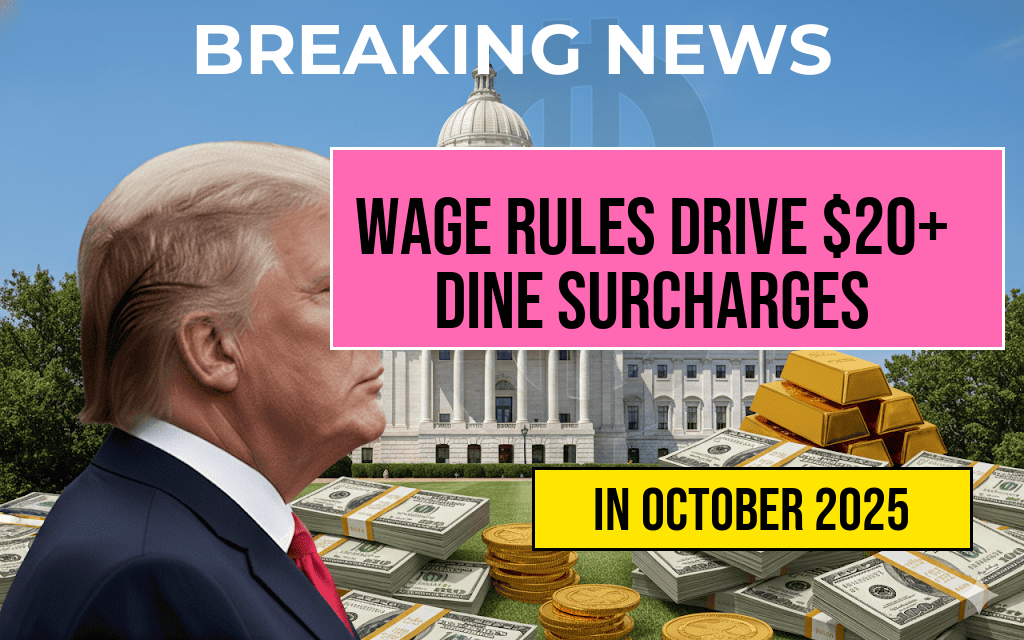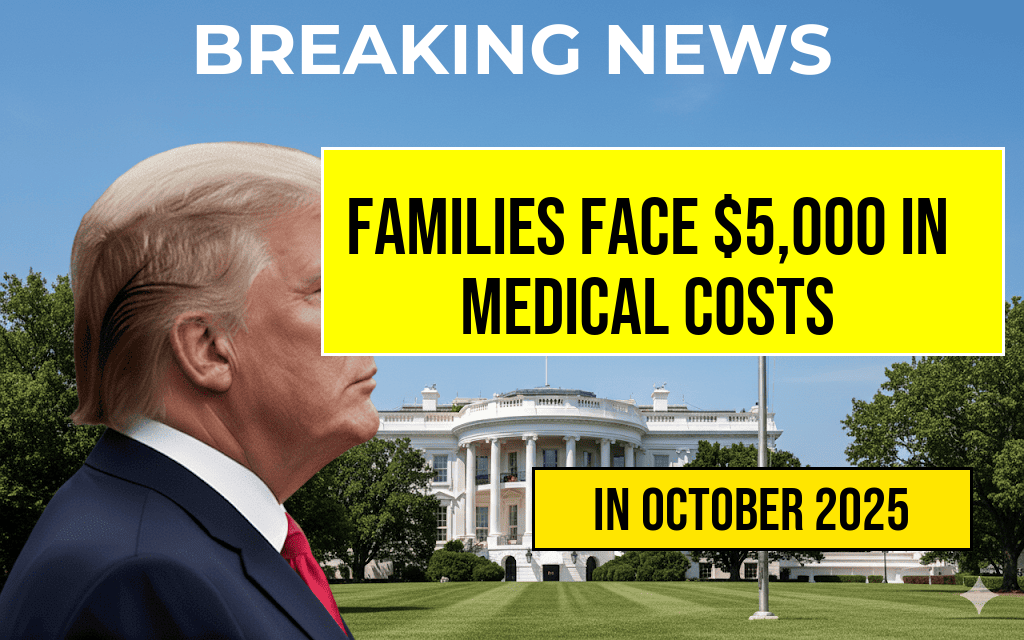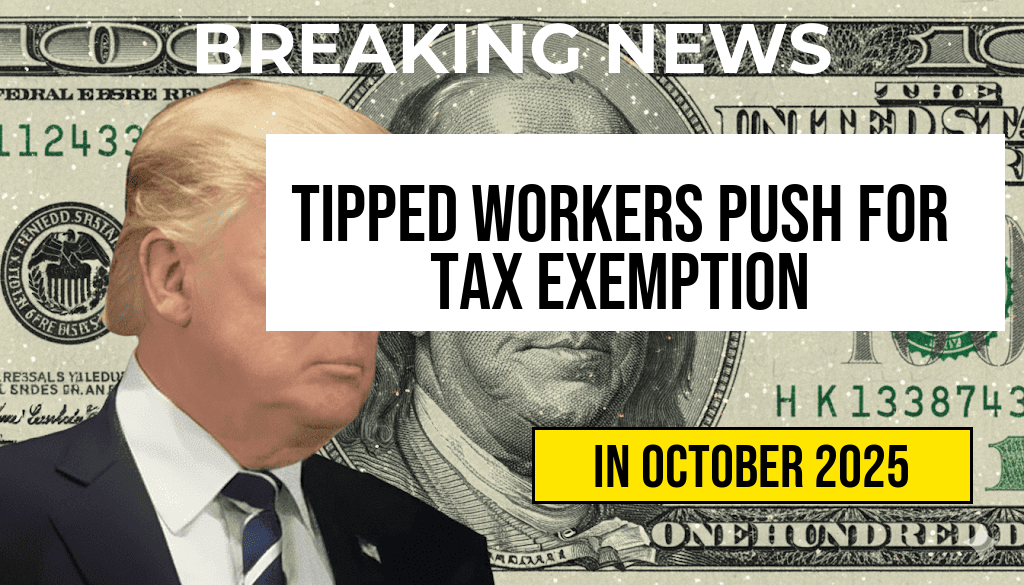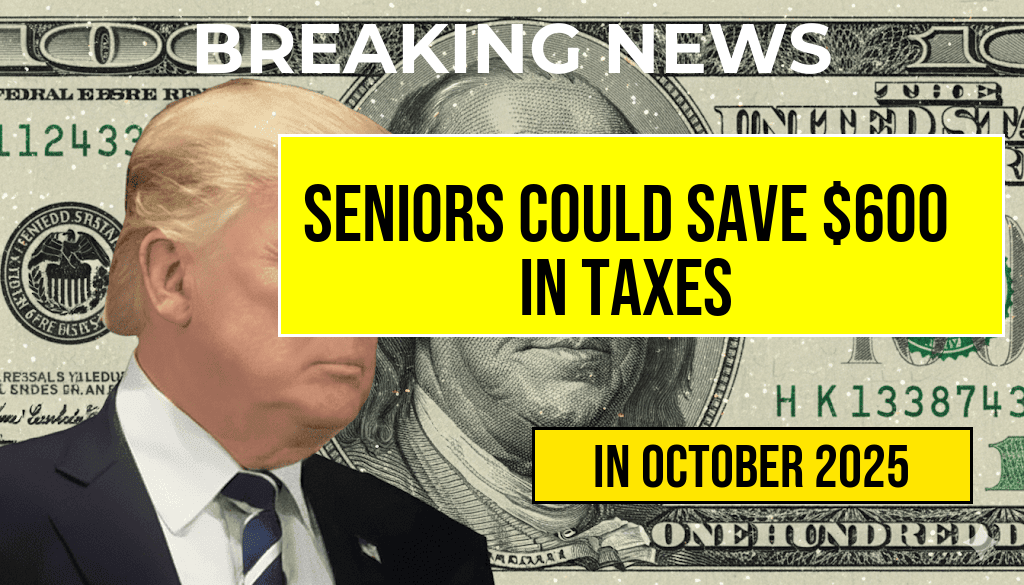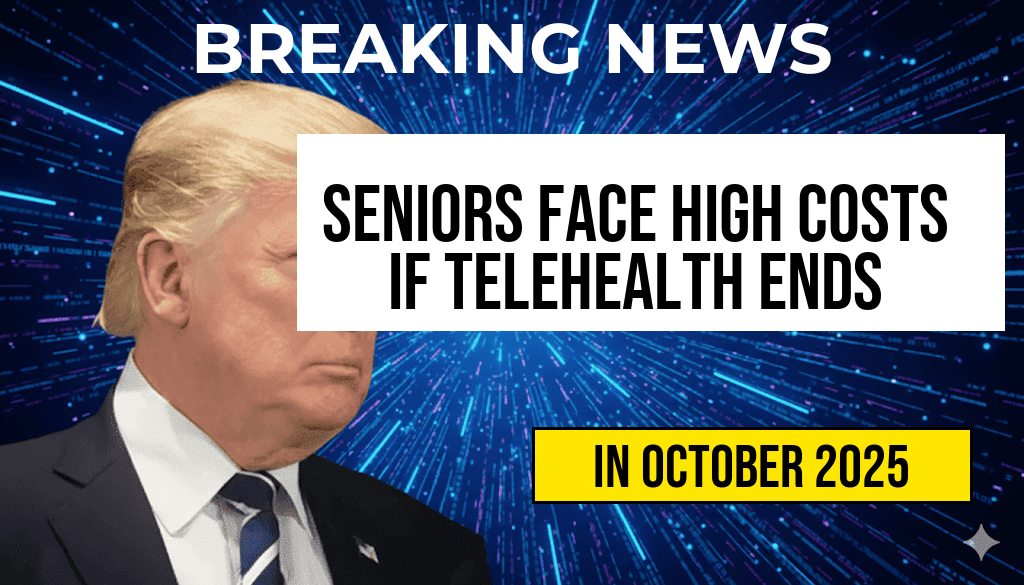As patrons dine in Washington, D.C., many are noticing an increase in the costs associated with their meals, particularly in the form of surcharges that can exceed $20 per check. This trend, which has become increasingly common in the city’s restaurant scene, is largely attributed to new wage regulations aimed at improving compensation for workers in the hospitality industry. The legislation, which affects both restaurant owners and employees, has led to a reevaluation of pricing structures, resulting in higher bills for customers. Understanding the reasons behind these surcharges can illuminate the complexities of the restaurant industry’s economic landscape in the nation’s capital.
Understanding Wage Regulations in D.C.
In July 2020, Washington, D.C., implemented the Minimum Wage Amendment Act, which gradually increased the minimum wage to $15 an hour for all workers, including tipped employees. This regulation was designed to ensure that all workers receive a fair wage, reflecting the high cost of living in the city. The law mandates that employers cover the difference between the base pay and the minimum wage if tips do not suffice, compelling many establishments to adjust their pricing strategies.
The Impact on Restaurant Pricing
As restaurants adapt to these wage requirements, many have opted to implement surcharges as a way to manage increased labor costs. These surcharges can vary significantly based on the establishment but are often around 3% to 20% of the total bill. Factors influencing the percentage include:
- Type of cuisine
- Location within the city
- Overall dining experience offered
For instance, a new survey of D.C. restaurants indicated that nearly 60% have adopted some form of surcharge to offset labor costs. These additional charges can be particularly noticeable in fine dining establishments, where high-quality service and premium ingredients already carry a significant price tag.
Consumer Reactions to Surcharges
While some diners understand the rationale behind these surcharges, others have expressed frustration. Many customers feel blindsided when they see their final bill, leading to questions about transparency in pricing. Restaurateurs are responding by attempting to communicate these changes more clearly on menus and through staff training.
Case Studies of Local Restaurants
| Restaurant Name | Type of Cuisine | Surcharge Percentage |
|---|---|---|
| Le Diplomate | French | 20% |
| Rose’s Luxury | American | 18% |
| Founding Farmers | American | 15% |
Long-term Effects on the Dining Scene
The introduction of surcharges raises questions about the long-term effects on Washington, D.C.’s dining culture. Some industry experts argue that these changes may lead to a more sustainable business model for restaurants, allowing for better employee retention and improved service quality. Others caution that if surcharges become too prevalent, they could deter customers, particularly those who are price-sensitive or seeking affordable dining options.
As the restaurant landscape in D.C. continues to evolve, the balance between fair wages and customer satisfaction will likely remain a central theme. The ongoing dialogue between restaurateurs, employees, and consumers will shape the future of dining in the capital, as all parties navigate the complexities of wage regulations and their impact on pricing.
Looking Ahead
As the city continues to recover from the pandemic, restaurant owners are faced with the challenge of maintaining profitability while adhering to new wage laws. Surcharges may become a permanent fixture in the pricing model of D.C. restaurants, but how they are managed and communicated will play a critical role in shaping customer perceptions and dining experiences. The future of dining in Washington, D.C. may hinge on transparency and adaptability in this ever-changing landscape.
Frequently Asked Questions
What are the main reasons for the $20+ surcharges in DC restaurants?
The $20+ surcharges in DC restaurants are primarily due to wage rules that require establishments to pay higher minimum wages and provide additional benefits to their employees. These costs are often passed on to customers in the form of surcharges on their checks.
How do wage rules affect the overall dining experience in DC?
The implementation of strict wage rules can lead to higher menu prices and surcharges, which may impact customers’ perceptions of value when dining out. However, these rules aim to ensure fair compensation for restaurant workers, contributing to better service and job satisfaction.
Are surcharges mandatory for all restaurants in DC?
No, surcharges are not mandatory for all restaurants in DC. However, many establishments choose to implement them to cover the increased costs associated with wage rules and to maintain their profit margins.
How can customers find out about surcharges before dining?
Customers can usually find information about surcharges on restaurant menus, websites, or by inquiring with staff before placing their orders. Many restaurants aim to be transparent about these additional fees to avoid surprises at the check-out.
What can be done to address the impact of surcharges on dining out?
To address the impact of surcharges, consumers can support local initiatives that advocate for fair wage practices while also encouraging restaurants to explore alternative pricing models that do not rely heavily on surcharges, such as raising menu prices uniformly.

